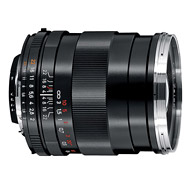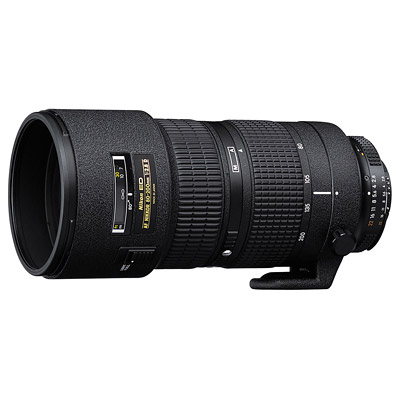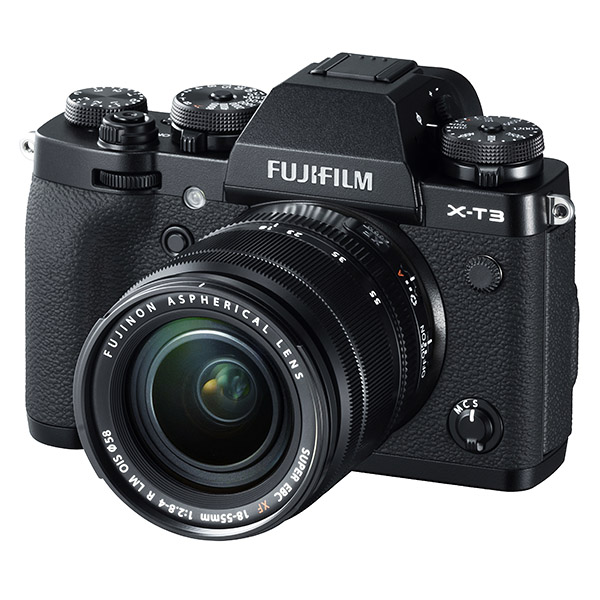
|
| Accept Cookies | Customize | Refuse Cookies |
Lucimast www.juzaphoto.com/p/Lucimast  |
 | Zeiss ZE/ZF.2 Distagon T* 35mm f/2 Pros: Construction 100% metal (including the lamplight). Fascinating blur. Microcontrast. Chromatic yield. Zeiss Quality Cons: The full-opening vignette (although it's a contradiction because we often willingly add it in post and then we complain!) Opinion: The non plus ultra for street photography and set portrait. Even holding it in your hand you can feel the quality and the typical "coldness" Zeiss. Anyone who's tried it knows what I'm talking about. All metal construction, including the lampshade (the best ever touched by me). It would be beautiful as a card clip, but as a lens it is pure enjoyment :) The manual focus, then, especially in a medium-wide lens like this, is fun. It has a long, soft die just right. Very precise. Microcontrast and bokeh are really super. For me it's the best for b&W as well. sent on June 26, 2019 |
 | Nikon AF 80-200 f/2.8 ED D Pros: Unparalleled construction and robustness. Zoom all in. Warm chromatic yield. Gorgeous Bokeh. Open shadows. Cons: only and exclusively the weight Opinion: I love vintage lenses and this is the best canvas ever tried and definitely the most solid built to date by any manufacturer. It's certainly not a super-modern-hyperfast-multicoated but it gives away exciting images. Blurred by chills, warm tones, perfect sunstars... its only problem, alas, is weight, an inevitable counterpoint to its solidity. I did not put between the cons the absence of VR because with that it would come to weigh about 2 kg... sent on June 26, 2019 |
 | Fujifilm X-T3 Pros: Full camera. Probably the top as APS-C. Touch screen can also be extended vertically. Lots of useful functions (bracketing of all types including focus). Unparalleled analog feeling, weight and handling. Cons: Compared to a full-frame the only substantial difference is the ISO yield above 1600 Opinion: Purchase pondered for months. Given that I am (and will continue to be, for the reasons that I will explain shortly, also) Nikonista, I entered the Fuji world (and mirrorless in general) with an X-T10 used. It was love at first sight for ease of use, weight, handling, the focus system, etc. They are machines that give back the desire to go out, go to the mountains and shoot. The X-T3 takes all this to another level: it is true that it weighs 150g more than the X-T10 but adds another resolution, a solidity of much higher, the touch screen that is a libidinous, especially when you shoot from the bottom with the machine almost on the ground. Auto-focus with dots that cover the whole screen, which is great for me coming from Nikon D610. Focus bracketing, iso bracketing and many other very useful functions. The files it churns out - thanks to the excellent Fuji optics - are crisp, with a vibrant chromatic rendering. Of course they are perhaps slightly more difficult to work with than the Nikon FF files, which have a unique softness for me (especially in the shadows), but with a bit of practice, habit and capture one, I managed to achieve similar, if not superior, results. I don't talk here about the 30-shot/second burst and the video features, which I personally don't use doing almost exclusively landscape photography. I have also had in the past other (good) APS-C cameras like the Nikon D7100 and there is no comparison, especially to ISO over 400. So, if we really want to find a flaw in the X-T3 (but it's a limitation of every APS-C sensor, I think) is the ISO seal above 1600. The noise starts to be quite noticeable especially in the shadows and in that field the full frame sensor of my D610 still shows who the host is. Another problem (always due to the nature of the sensor) is the ability to obtain an extreme blur in portraiture. In this, even the excellent Fuji Pro optics remain behind as a result (but forward alas as price) to many of the corresponding Full Frame solutions, especially for the long focals. Fuji has at most 56mm f/1.2 or 90mm f/2 which, however good as sharpness and chromatic yield, cannot guarantee bokeh results of an 85mm f/1.2 or even f/1.4 or a 105 f/1.4. In conclusion, I will continue to use the Nikon full frame for portraits and shots at night or in precarious light conditions, and the X-T3 for pretty much everything else: everyday photography, backpacking outs, trips... sent on June 06, 2019 |
 JuzaPhoto contains affiliate links from Amazon and Ebay and JuzaPhoto earn a commission in case of purchase through affiliate links.
JuzaPhoto contains affiliate links from Amazon and Ebay and JuzaPhoto earn a commission in case of purchase through affiliate links.May Beauty Be Everywhere Around Me